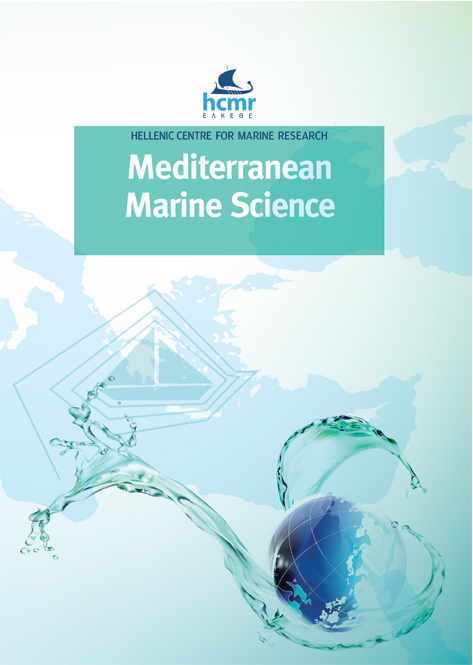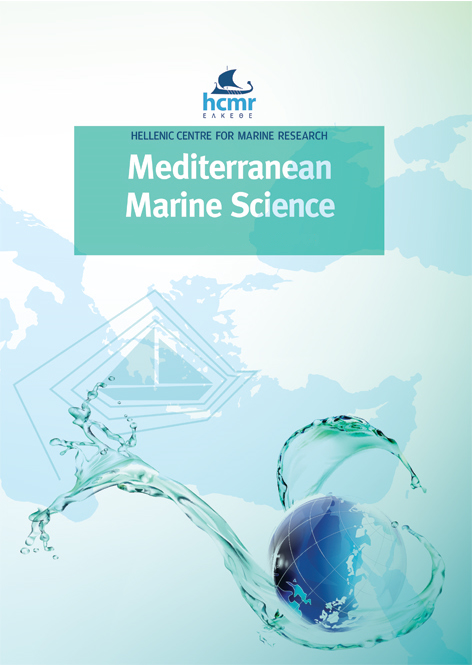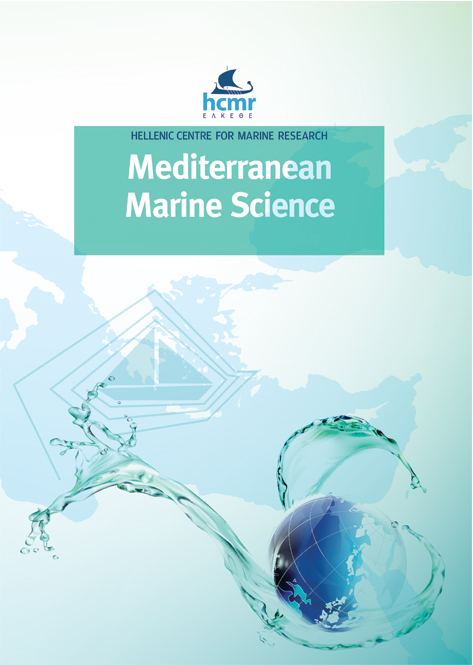Mapping and Conservation of Cold-Water Corals in the Lacaze-Duthiers Canyon for Transboundary Management
Аннотация
Cold-water coral habitats (Madrepora oculata and Desmophyllum pertusum) were mapped in the Lacaze-Duthiers Canyon, within the “Parc naturel marin du golfe du Lion” (northwestern Mediterranean), to support the creation of a strongly protected area for these vulnerable marine ecosystems (VME). The analyses are based on ROV data, high-resolution digital terrain models (5–10 m), hydrodynamic model simulations (currents, temperature, salinity from SYMPHONIE), and fishing pressure data derived from Vessel Monitoring System (VMS) and Automatic Identification System (AIS) fishing data. Habitat models indicate coral habitats are mainly on the western canyon flank (250 to 600 m depth). Desmophyllum pertusum predominantly colonizes gentle slopes at cliff bases, while M. oculata is found on steeper slopes, and the eastern flank. Some western flank areas support both species. Direct impacts from fishing activities, including lost longlines and nets entangled with corals, were observed. In addition, bottom trawling at the continental shelf edge induces sediment resuspension, potentially smothering the underlying coral ecosystems in the canyon. This study recommends enhancing fishing activity monitoring by increasing VMS positioning transmission frequency across European countries and facilitating the combination of VMS and AIS data to derive higher-resolution fishing effort and footprint assessments. Protection should prioritize canyon flanks and the surrounding continental shelf, not just the canyon itself, to mitigate fishing pressure. Tailored management measures are needed for sensitive habitats. Creating a strongly protected area will require crossborder cooperation (France, Spain) to ensure the effective conservation of these fragile ecosystems.
Article Details
- Как цитировать
-
FABRI, M.-C., DREIDEMY, J., ESTOURNEL, C., VAZ, S., MICHEZ, N., PUIG, P., & LARTAUD, F. (2025). Mapping and Conservation of Cold-Water Corals in the Lacaze-Duthiers Canyon for Transboundary Management. Mediterranean Marine Science, 26(2), 349–369. https://doi.org/10.12681/mms.40914
- Раздел
- Research Article
Authors who publish with this journal agree to the following terms:
- Authors retain copyright and grant the journal right of first publication with the work simultaneously licensed under a Creative Commons Attribution Non-Commercial License that allows others to share the work with an acknowledgement of the work's authorship and initial publication in this journal.
- Authors are able to enter into separate, additional contractual arrangements for the non-exclusive distribution of the journal's published version of the work (e.g. post it to an institutional repository or publish it in a book), with an acknowledgement of its initial publication in this journal.
- Authors are permitted and encouraged to post their work online (preferably in institutional repositories or on their website) prior to and during the submission process, as it can lead to productive exchanges, as well as earlier and greater citation of published work (See The Effect of Open Access).







